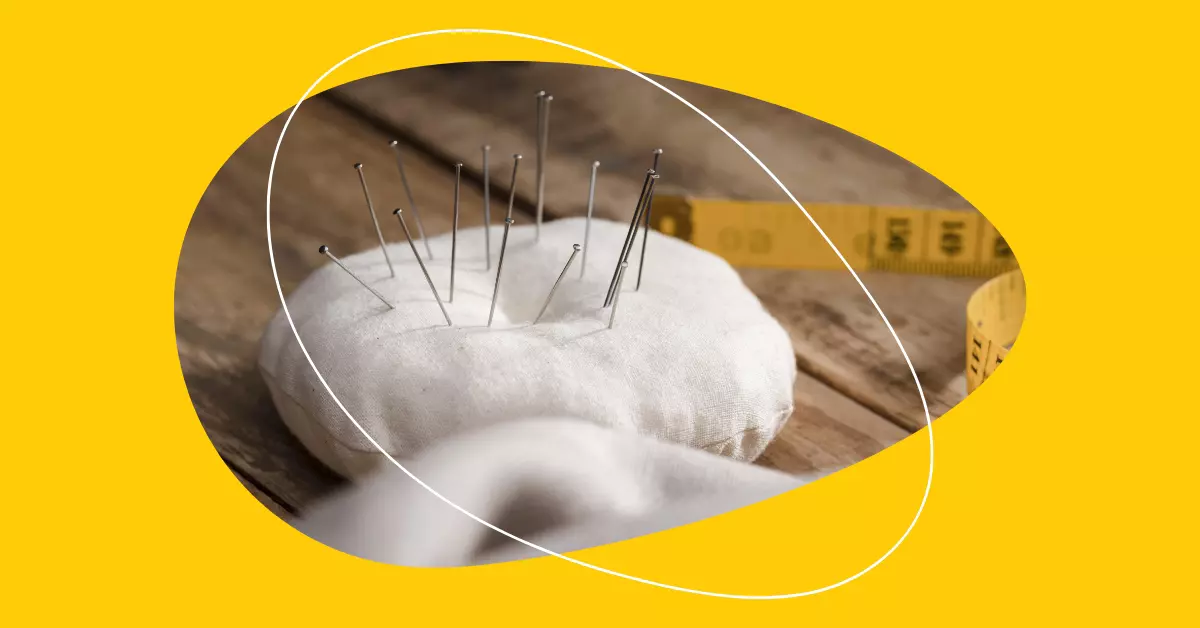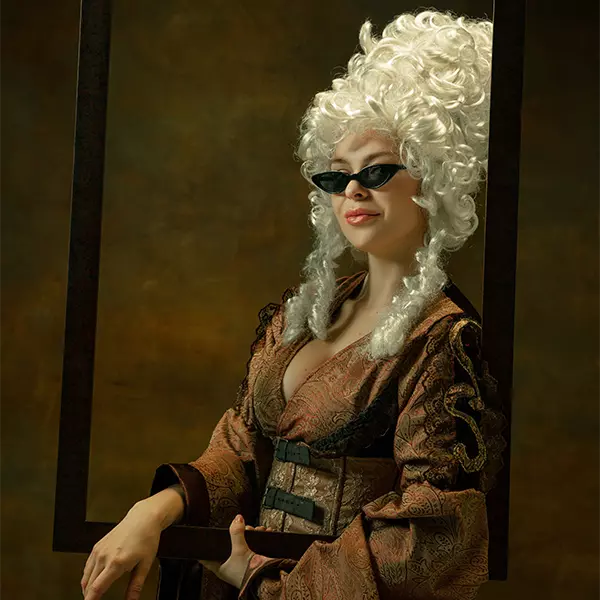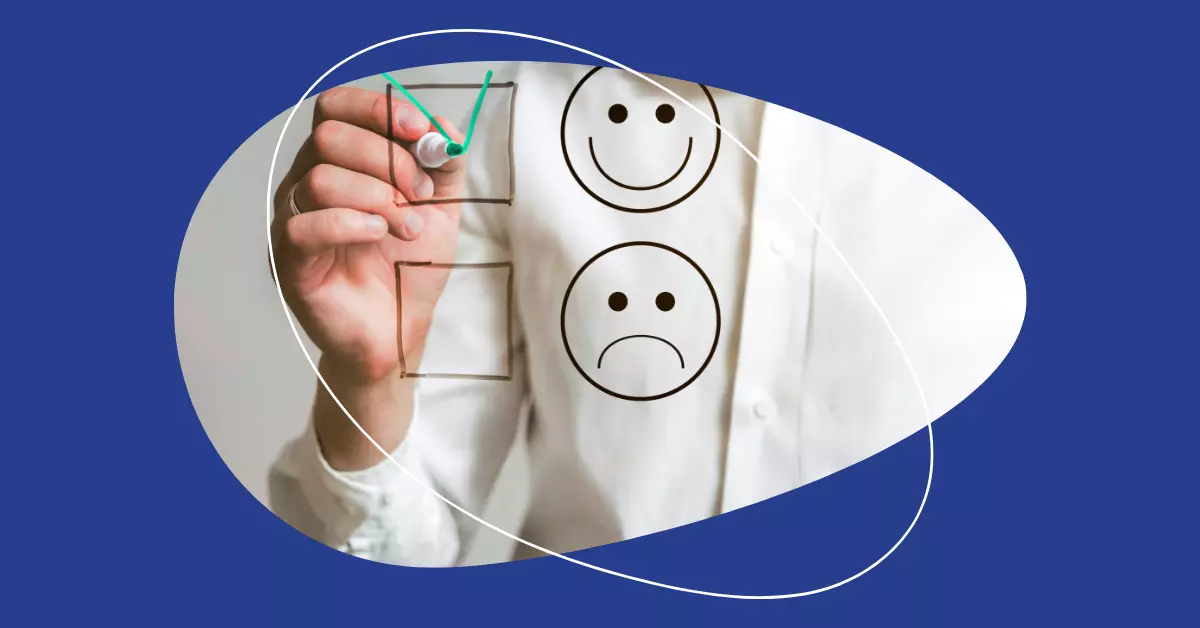The Origins of Bamboo Fiber Socks

While dressing up, one may not pay much attention to something as simple as socks. But your socks can complement your entire look.
Let us look at some of the ways you can use your socks to match your outfit and look stylish and sophisticated.
Table of Contents
Introduction
Socks are a piece of clothing that we wear on our feet to cover the ankle and part of the calf. But they are not new in our apparel – they have been there for many centuries.
From hand-knit to machine knit, socks are a part of our everyday use, and changes in fabrics and technology are making us alter our outlook on them.
History of socks
Socks have evolved over the centuries and the earliest models were time-consuming to make. They were first worn by the Greeks in the early 8th century BC. These socks were made from animal hair and called "piloi".
Around the same time, the Romans used leather and woven fabrics to wrap their feet. In the 2nd century AD, they started sewing fitted socks named "udones". By 5 BC, "puttees", another type of sock, became a craze among European elites. They started wearing puttees to symbolize purity.
Around the early Middle Ages, socks started becoming tighter and more colorful. They had garters on the tops to stop them from falling. By 1,000 AD, socks had become a symbol of wealth.
William Lee, an English Reverend and inventor, was one of the people who modernized socks. In 1589, he invented the knitting loom, which made fabric knitting easier. It is said that he gave Queen Elizabeth I, a pair of black silk stockings produced from one of his machines. Afraid that her people would lose their jobs, she denied Lee from patenting his invention.
Later, the mass production of socks from cheaper materials during the industrial revolution reduced their cost. The revolution of blending two or more yarns came with the introduction of Nylon in 1938. Before that, socks were generally made of silk, cotton, or wool.
Origin of bamboo fiber socks

Vintage, yet classy.
A revolution in the socks industry came from the use of bamboo fiber as a material. Bamboo has been used in daily life for thousands of years, but bamboo fabric is a comparatively modern invention.
Bamboo fabric is made by grinding bamboo stems and washing away the natural sugar. Bleach is then used to remove colors, and the material is wound together to form yarns.
The first patents of bamboo fiber occurred in the years 1864 and 1869. But no one could popularize bamboo fibers in the clothing industry, due to high costs. A new patent was filed in the year 1881 to mix bamboo fiber with wool – this created the precursor to modern bamboo fabric.
Beijing University is credited with making modern bamboo cloth, but it is possible that some manufacturers came up with the process in 1864.
Due to many reasons, including affordability and texture, bamboo fiber started being used more frequently and in many kinds of products, including socks.
Benefits of Bamboo Fiber Socks:
-
Anti-bacterial properties help prevent fungal inventions and athlete's foot.
-
They absorb four times more moisture than cotton, helping to prevent sweaty feet.
-
Soft and gentle on the skin.
-
Non-allergenic.
-
Thermoregulatory.
-
Biodegradable and environmentally friendly.
These socks are perfect for people of all genders and ages, and for all occasions.
See bamboo socks here
Fun facts about socks
-
Socks can help you sleep
Socks can increase the blood flow to your hands and feet, reducing the core body temperature quickly. Wearing socks to bed has been linked to a decrease in sleep disorders like insomnia.
-
Albert Einstein hated socks
Albert Einstein allegedly despised socks and never wanted to wear them. It is claimed that he did not see the point of wearing both socks and shoes and hated how his socks would have holes because of his toes.
-
Silk socks used to be a status symbol
Silk was a luxury in the 10th century AD. Only the elite could afford it. Royals and upper-class people would wear silk knee-high stockings to flaunt their affluence.
-
Socks had a clock
Early socks used to have patterns around the ankle or side of the leg called 'clocks,' since they looked like the hands of a clock from certain angles.
The term originated in the 16th century. The name remained even though there (obviously) was not an actual clock on the socks to tell the time. -
Socks were partly responsible for the 1945 Nylon riots
Due to the shortage of Nylon in the US during the second World War, riots broke out. When 13,000 pairs of stockings went on sale in Pittsburgh, 40,000 women got in line to buy them.
Conclusion
With the help of innovations in technology and changes in economic policies, socks have reached people all around the world.
Bamboo fiber socks, particularly, have revolutionized the socks and apparel industry. They have paved the way for both environmentally friendly and comfortable socks.
Are you ready to experience the softness of bamboo fiber socks? Check out our latest collection here.








